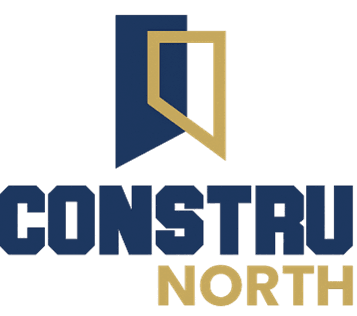Building Resilience: Responding to Floods in Texas with Vision and Care
Understanding the Challenge of Floods in Texas
Texas, with its vast landscapes and diverse climate, is no stranger to natural disasters, particularly floods. Over the years, the state has experienced numerous devastating floods that have caused significant damage to infrastructure, homes, and communities. The recurring nature of these floods has made it imperative for Texas to develop a robust response strategy that combines vision and care.
Floods in Texas are often triggered by heavy rains, hurricanes, and storms, which can lead to overflowing rivers and saturated grounds. The impact of these floods is felt across both urban and rural areas, affecting millions of residents. Understanding the magnitude and frequency of these events is crucial in building resilience and ensuring the safety of communities.

Community Preparedness and Response
One of the most critical aspects of responding to floods is community preparedness. Local governments and organizations have taken significant steps to educate residents about flood risks and emergency procedures. This includes distributing flood maps, conducting workshops, and providing resources for creating personal emergency plans.
During a flood event, timely response is essential. Communities have developed efficient communication systems to disseminate information rapidly. Social media platforms, local news channels, and emergency alert systems play vital roles in keeping residents informed about evacuation orders, shelter locations, and safety tips.

Infrastructure and Technological Innovations
Investing in infrastructure is another pivotal component of flood resilience in Texas. The state has embarked on numerous projects to enhance drainage systems, construct levees, and improve road networks to withstand flooding. These infrastructure improvements aim to minimize damage and ensure quicker recovery after a flood.
Technological innovations also play a significant role in flood management. Advanced weather forecasting tools and flood monitoring systems allow for real-time data collection and analysis. This data helps authorities make informed decisions about resource allocation and emergency response efforts.

The Role of Policy and Legislation
Strong policies and legislation are critical in building resilience against floods. Texas has implemented regulations that promote sustainable land use and development practices. Zoning laws, building codes, and environmental protections are designed to reduce flood risks and promote safer construction practices.
Collaboration between state and federal agencies is also vital in ensuring comprehensive flood management. Funding from federal programs supports local initiatives aimed at improving flood resilience and recovery efforts.
Community Support and Recovery
In the aftermath of a flood, community support is crucial for recovery. Volunteer organizations, non-profits, and local businesses often join forces to provide relief aid, such as food, clothing, and temporary housing for displaced residents. Community centers serve as hubs for distributing resources and offering support services to those affected.
Long-term recovery involves rebuilding homes, infrastructure, and livelihoods. This process requires a coordinated effort from governments, businesses, and residents working together to restore normalcy and prepare for future events.

Building a Resilient Future
As Texas continues to face the challenges posed by floods, building a resilient future requires a combination of strategic planning, community engagement, and technological advancement. By adopting innovative solutions and fostering collaboration among stakeholders, Texas can enhance its ability to respond effectively to floods while ensuring the safety and well-being of its residents.
Ultimately, the commitment to resilience not only protects communities but also strengthens their capacity to adapt and thrive in the face of adversity. As Texans come together with vision and care, they build a legacy of preparedness that will serve generations to come.
